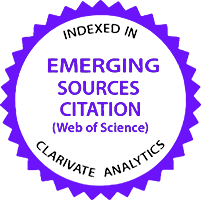Abstract— Wireless sensor networks (WSNs) have several uses in a variety of industries; they are crucial components in many cutting-edge applications. WSNs are considered one of the newest applications to emerge is in the field of the Internet of Things (IoT), which enables the interconnection of various items or machines over the Internet, including the Internet of Things. This is why increase in the lifetime of the networks requires a strategy (protocol) that reduces the power consumption of the transmission or reception of data by the sensor nodes. A lot of research has been conducted, recently, to extend the lifetime of network sensors. The Hierarchical Cluster-based protocols and the Hierarchical Chain-based approaches have been created as solutions to this issue to reduce network traffic heading down the sink and so increase the lifetime of the network. In this survey, we look into the benefits and drawbacks of clustering when IoT is combined with cutting-edge technologies for computing and communication like 5G, fog/edge computing, and blockchain. Additionally, this survey offers helpful insights into the field of IoT clustering studies, enables a deeper comprehension of its design issues for IoT networks, and sheds the light on its potential future applications in cutting-edge IoT-integrated technologies.
Keywords: Internet of Things; Clustering; Hierarchical routing protocol; Optimization; Energy consumption; Wireless sensor network; 5G.
DOI: http://doi.org/10.5455/jjee.204-1670351192

![Scopus®_151_PNG-300x86[1]](https://jjee.ttu.edu.jo/wp-content/uploads/2024/03/Scopus®_151_PNG-300x861-1.png)
